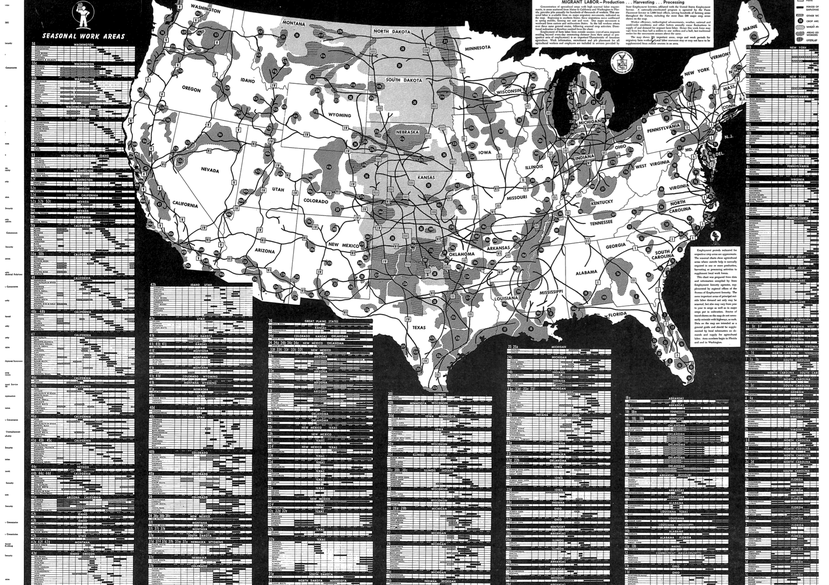
Remittance urbanism: an ethnography of the spaces that govern cross-border geographies
This research examines remittance urbanism as a space of institutional and design experimentation. It explores the intersection between international law and urban planning and design, through the careful observation of the built environment by inquiring upon cities, which although limited by scarce fiscal resources, attempt to provide their diasporas with socio-spatial possibilities.
These goals are particularly challenging within highly unequal remittance corridors where migrants have been historically responsible for providing labour at the expense of their displacement. It is in the last three decades that migrant worker remittances have become a major force in the international economy, and therefore a driver of global urbanisation. The World Bank estimates that about US$601bn was remitted globally through formal channels in 2016 and that more than 73% went to labour exporting countries, where they imply more funding than Foreign Direct Investment and Development Aid combined.
Remittances are one of the ways migrants across jurisdictional divides have defined a new territory for their communities to operate within. Through remittances, communities have sustained the passage between a condition of origin and of residence within the period of a year or a multiyear span, operating across a continuous cross-border geography. At the same time, local governments have been confronting difficult financial conditions due to austerity policies and economic restructuring. Both of these conditions have meant that municipalities with diasporas have resorted to look for new ways to channel remittances for the funding of urban infrastructure.
This research uses the cases of Mexico and the United States to explore this question. Both countries have gone from introducing large scale spatial bi-national infrastructure to developing remittance policy at the scale of the individual through a series of subnational and private mediators. All of these strategies have been attempts at governing drastic population shifts, central to the notion of the contemporary ‘global city’, and therefore their study will contribute to an understanding of contemporary urban governance, and the establishment of an urban practice that operates at multiple scales.
Corporate and public policies such as Construmex and Tres por uno developed in the last twenty years reflect on a shift in governance model from a centralized management of population cycles across territories, to a decentralised model of power and its devolution towards the citizens own capacity to invest in their built environment. From the provision of design services for home improvements, all the way to the complex management of multi-year infrastructural projects, the built environment across more than 60% of Mexico’s municipalities has been significantly transformed by these policies and programmes.
Drawing on a historical analysis of the evolving spatial relationship of labour across these two countries as well as from the development of a multi-scalar, multi-sited ethnography with communities of origin and residence in the Mexico-US remittance corridor, this thesis will elicit an architectural, sociological and anthropological understanding of the built environment and its history through its mutation across different territorial contexts that make up the Remittance Urbanism.
